Roccamonfina. The Sanctuary of Maria SS dei Lattani
2021
The Sanctuary of Maria Santissima dei Lattani is a Marian sanctuary located in the territory of the municipality of Roccamonfina, in Campania.
You may also like
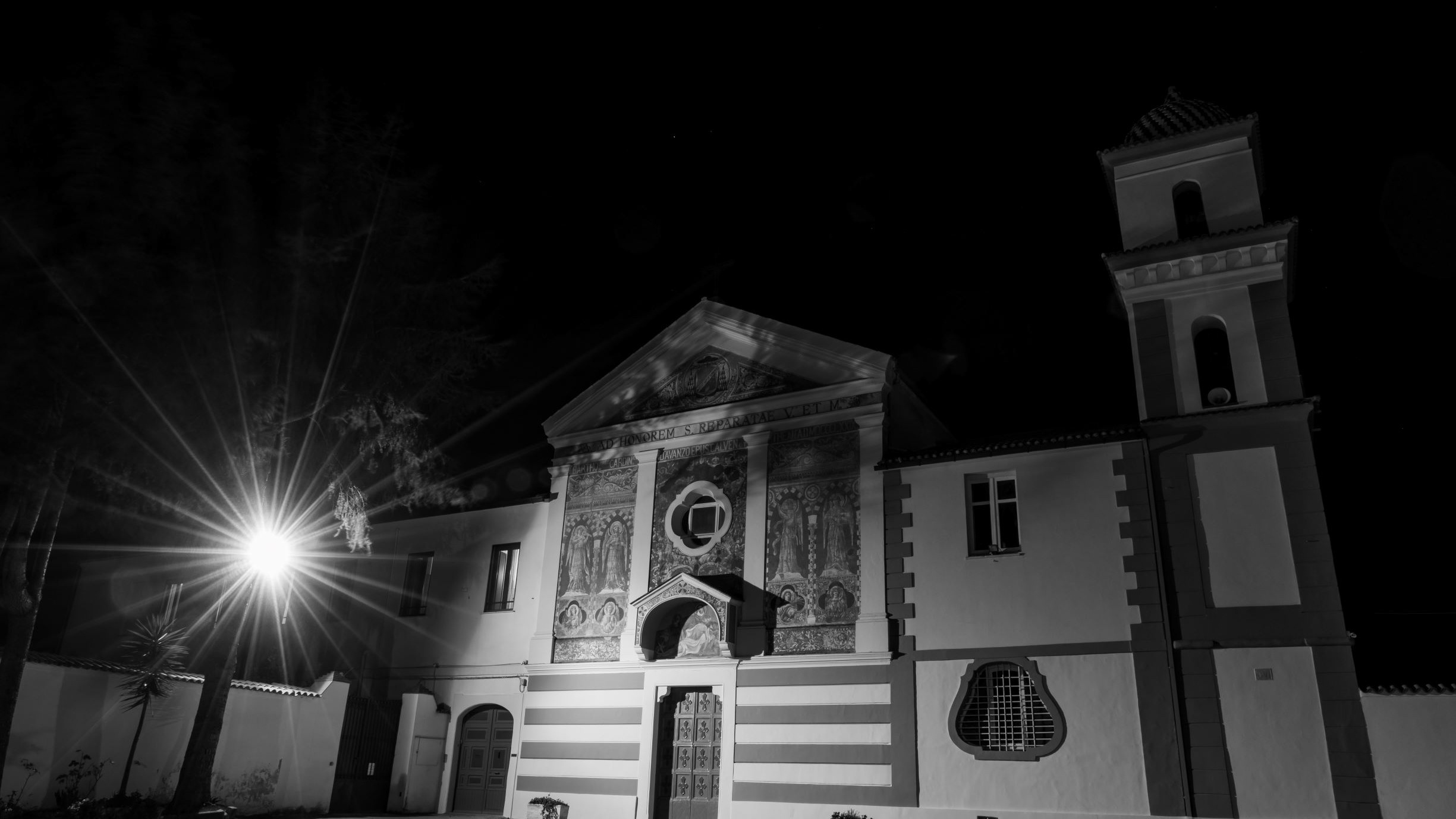
2020
Teano. The Monastery of S. Reparata
The Monastery of S. Reparata, probably founded in the 9th century, was canonically suppressed after the Council of Trent, due to the supervening prohibition of holding female monasteries outside the town. The nuns were welcomed in the Monastery of S. Caterina. The Monastery of S. Reparata is located along the road to Roccamonfina, in the Pino district and its foundation is not prior to 804 as it is not mentioned in the privilege of Charlemagne, which lists all the Benedictine possessions in Teano. The most probable date is the second half of the century. IX. According to the Bishop Mons. Domenico Giordano, the transfer of S. Reparata to the Cathedral took place in the year 880. It is one of the most important monasteries in Teano because the remains of Santa Reparata, who is the patron saint of Nice, are kept inside the church. his diocese, of the cities of Atri and Casoli; co-patroness of Florence, of Teano, of the diocese of Teramo-Atri and patroness and protector of the municipality of Pesco Sannita.
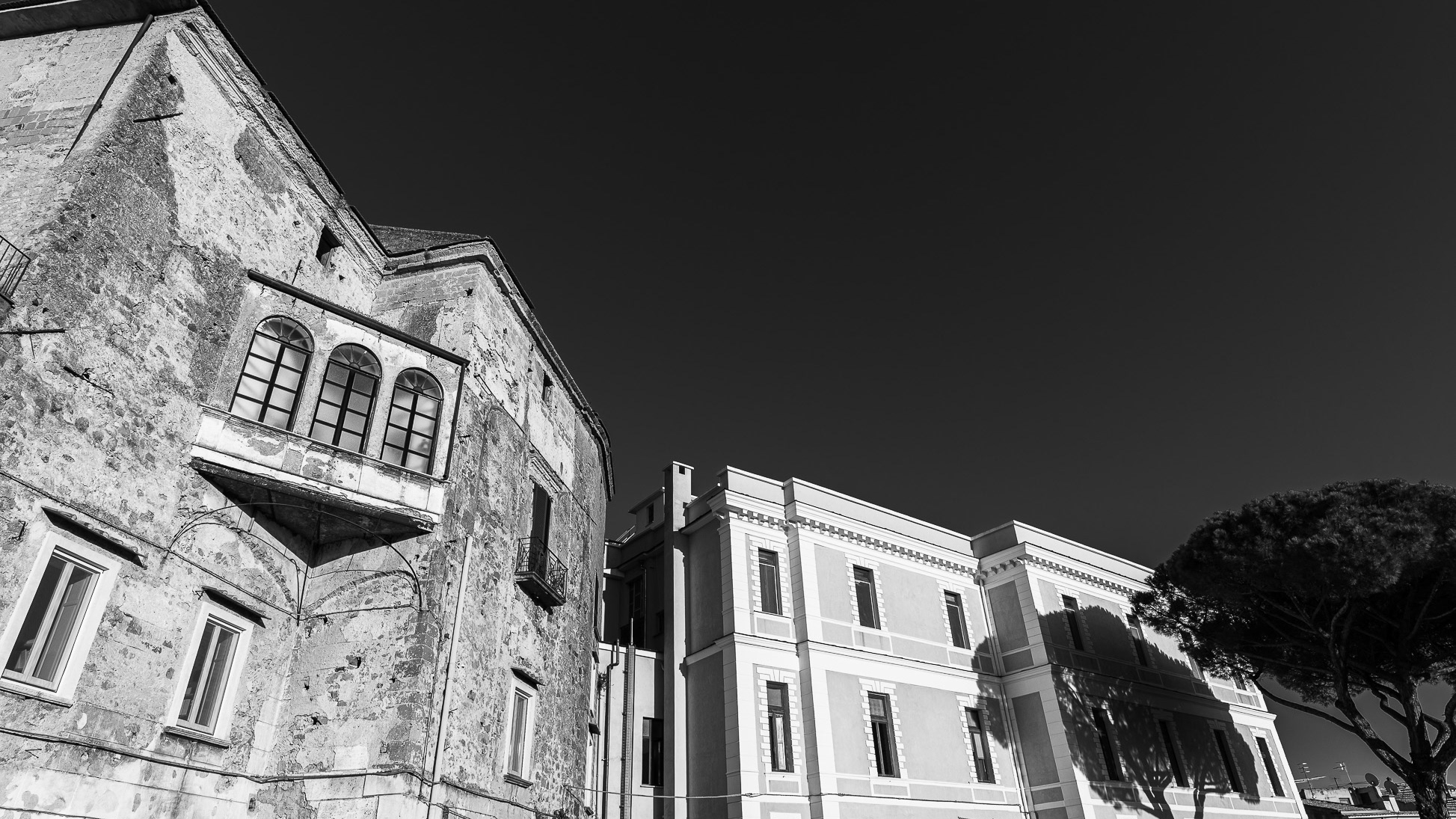
2022
Teano, Campania. View of the historic center.
Town of pre-Roman origins, located on the slopes of the volcanic massif of Roccamonfina.
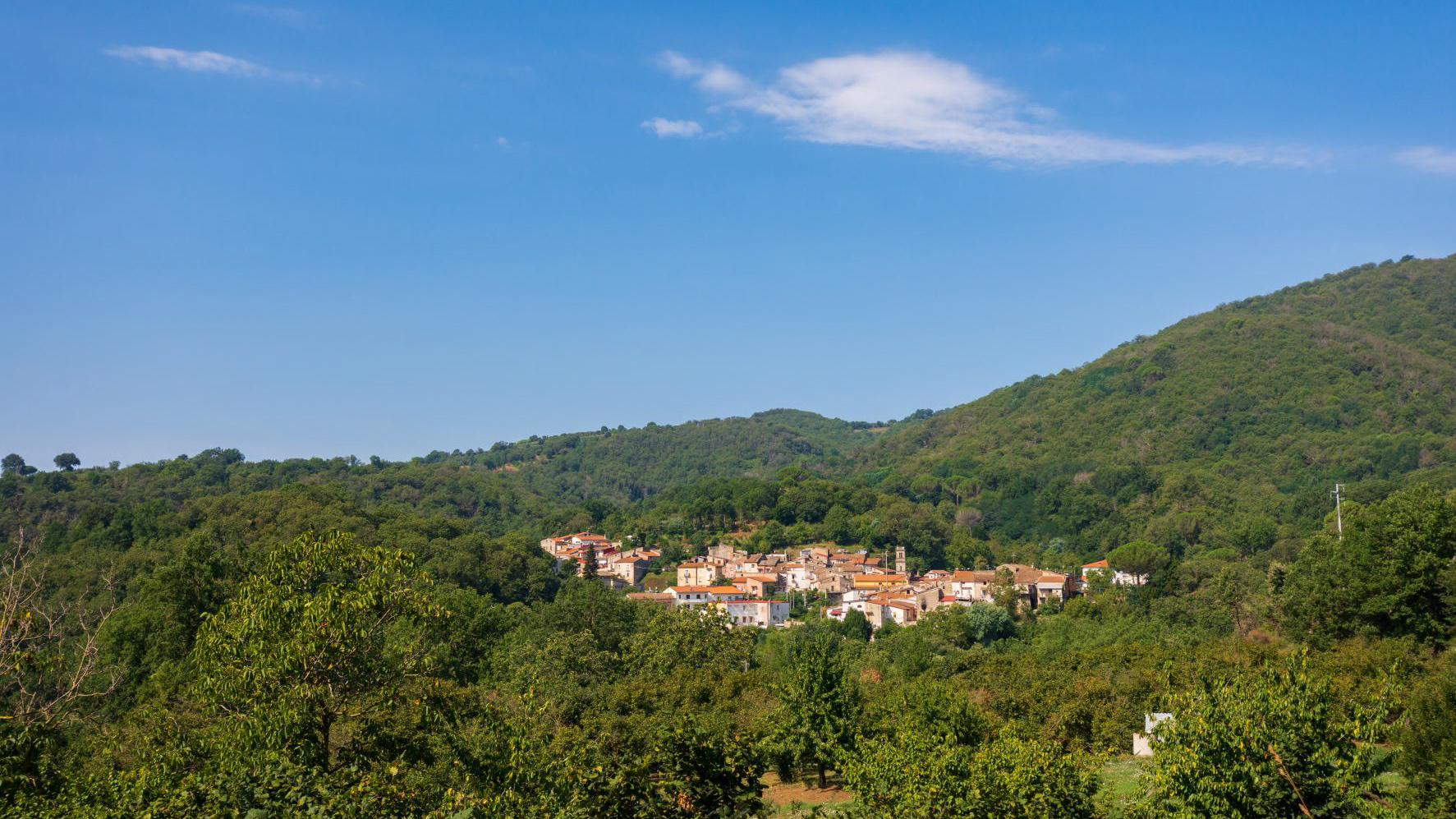
2021
Teano, frazione Casi, panorama
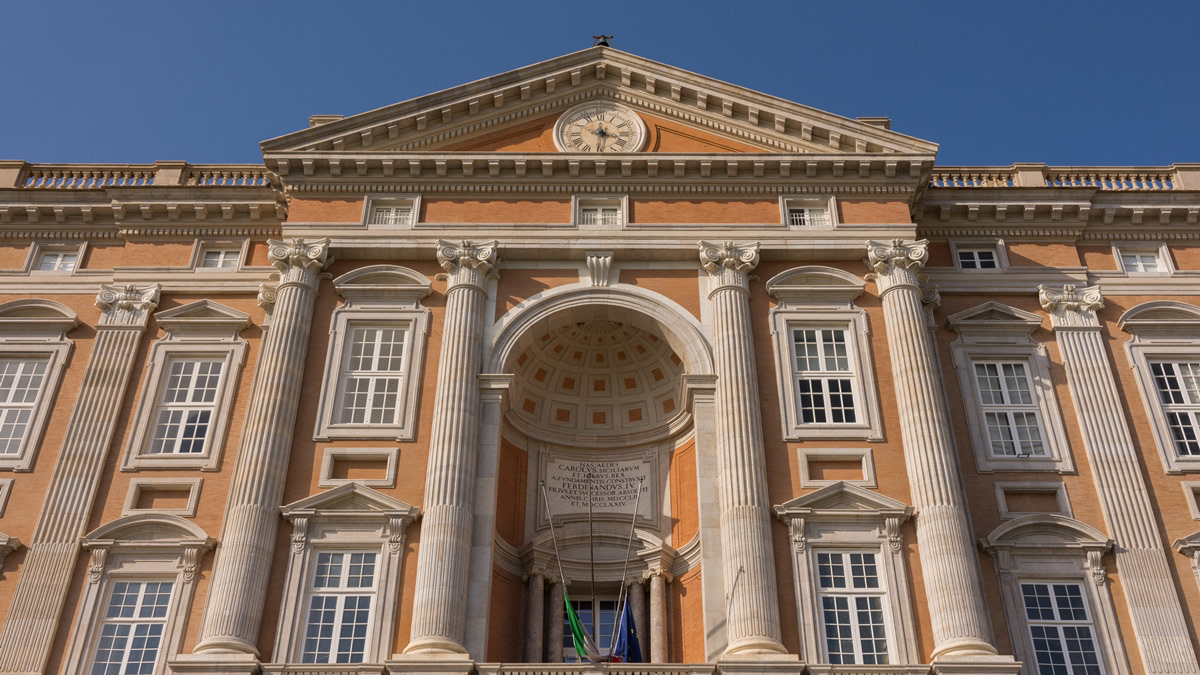
2017
The Royal Palace of Caserta
The Royal Palace of Caserta is a royal palace, with an adjoining park, located in Caserta. It is the largest royal residence in the world by volume and the historical owners were the Bourbons of Naples, as well as a short period in which it was inhabited by the Murat.
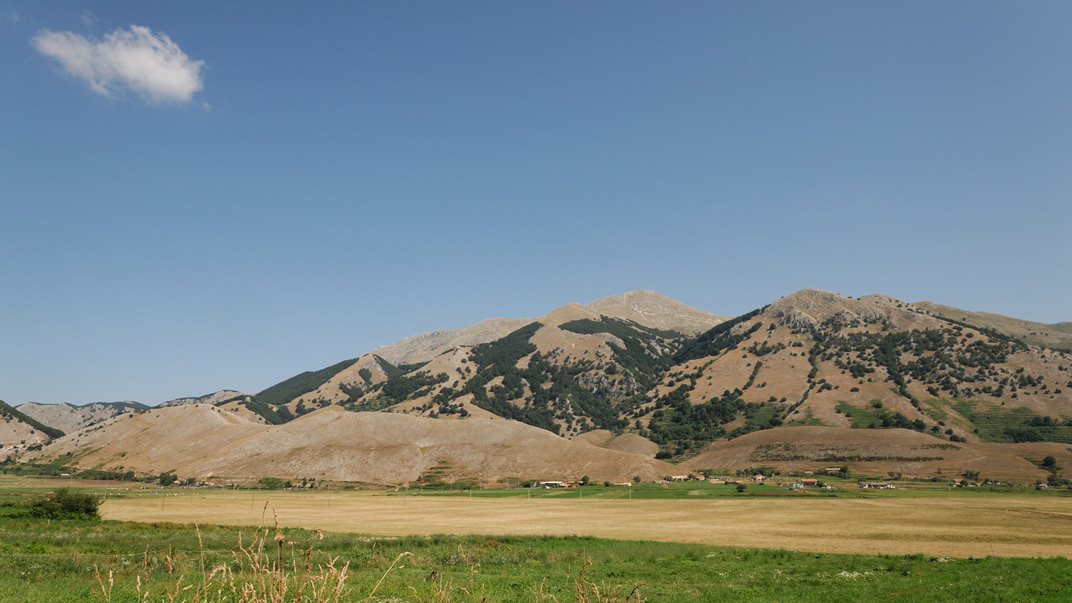
2018
Matese Regional Park - Miralago
The Matese regional park is a protected natural area in Campania. Established with regional law n. 33 of 1993 came into operation only in 2002. The park covers an area of 33,326.53 hectares. The Matese park was established with the Campania regional law n. 33 of 1 September 1993 entitled "Establishment of parks and nature reserves in Campania". Due to the lack of approval of the implementing rules of regional law n. 33 of 1993, the park came into operation only in 2002. The reference standard is the resolution of the Campania Regional Council no. 1407 of 12 April 2002. Since 2006, the Matese Regional Park Authority has been based in San Potito Sannitico, in the province of Caserta. The park's first president was Giuseppe Scialla, a university professor and environmentalist. Following the revision of the Italian budget law 2018, the rule was approved that contemplates the future transformation of the Matese park into a national park, with probable involvement of the provinces of Isernia and Campobasso. The territory of the park mainly includes the Matese mountain massif. The highest mountains, of limestone nature, are Mount Mutria, Mount Gallinola and Mount Miletto. The park takes its name from the Matese lake. Another important lake is that of Letino. The park is crossed by two important rivers: the Titerno river and the Tammaro river. The vegetation of the Matese massif is made up, in the lower area, of holm oaks, hornbeams, strawberry trees and other elements typical of the Mediterranean scrub; as you go up, these species are first replaced by Turkey oak and chestnut and by majestic and imposing beech trees. Here and there you can find wild rowan, maple, dogwood, ash, ash and silver fir. Among the numerous herbaceous plants of the clearings and the undergrowth we note the gentian, the foxglove and above all the omnipresent Sambucus ebulus, the most characteristic plant that accompanies the beech forest in the most open and luminous open spaces. The fauna of the massif is also very rich due to the presence of the three lakes (del Matese, di Gallo, di Letino). In addition to the typical species of the broad-leaved forest (fox, marmot, badger, dormouse, great spotted woodpecker, tordella, jay, owl) there are also species of more open environments, such as hare and wild boar, or bare rocky crags such as the black redstart and the rare rock partridge. Among the exceptional presences we find the golden eagle that nests in the steep rocky walls of Valle dell'Inferno, but above all that of the wolf, regularly sighted in the municipalities of Letino and Gallo Matese. The presence of the lakes also favors the settlement of coots and ducks, herons and even storks. In the waters of these reservoirs we find carp, tench, perch, eel and pike, the three last species introduced by man.
2022
Monumental Complex of San Leucio
The Belvedere of San Leucio is a monumental complex in that of Caserta, wanted by Charles of Bourbon, king of Naples and Sicily (and later king of Spain with the name of Charles III), which is considered, together with the Royal Palace of Caserta and all 'Vanvitelli Aqueduct, a UNESCO World Heritage Site.
2024
Vairano Patenora. Collegiate Church of St. Thomas
It is the only church built within the city walls ("intra moenia") and is the oldest of those that exist today in the town (13th century). It has a single nave with two side altars and a central one

2023
Santa Maria Capua Vetere. The Campanian Amphitheater
The Campanian Amphitheater or Capuano Amphitheater is a Roman amphitheater located in the city of Santa Maria Capua Vetere - coinciding with the ancient Capua - second in size only to the Colosseum in Rome. It is located within the municipal area of Santa Maria Capua Vetere, facing Piazza I Ottobre. A substantial part of its stones were used by the Capuans in the Norman era to erect the Castle of the Stones of the city of Capua; some of his ornamental busts, used in the past as keystones for the theater arches, were placed on the facade of the Town Hall of Capua.
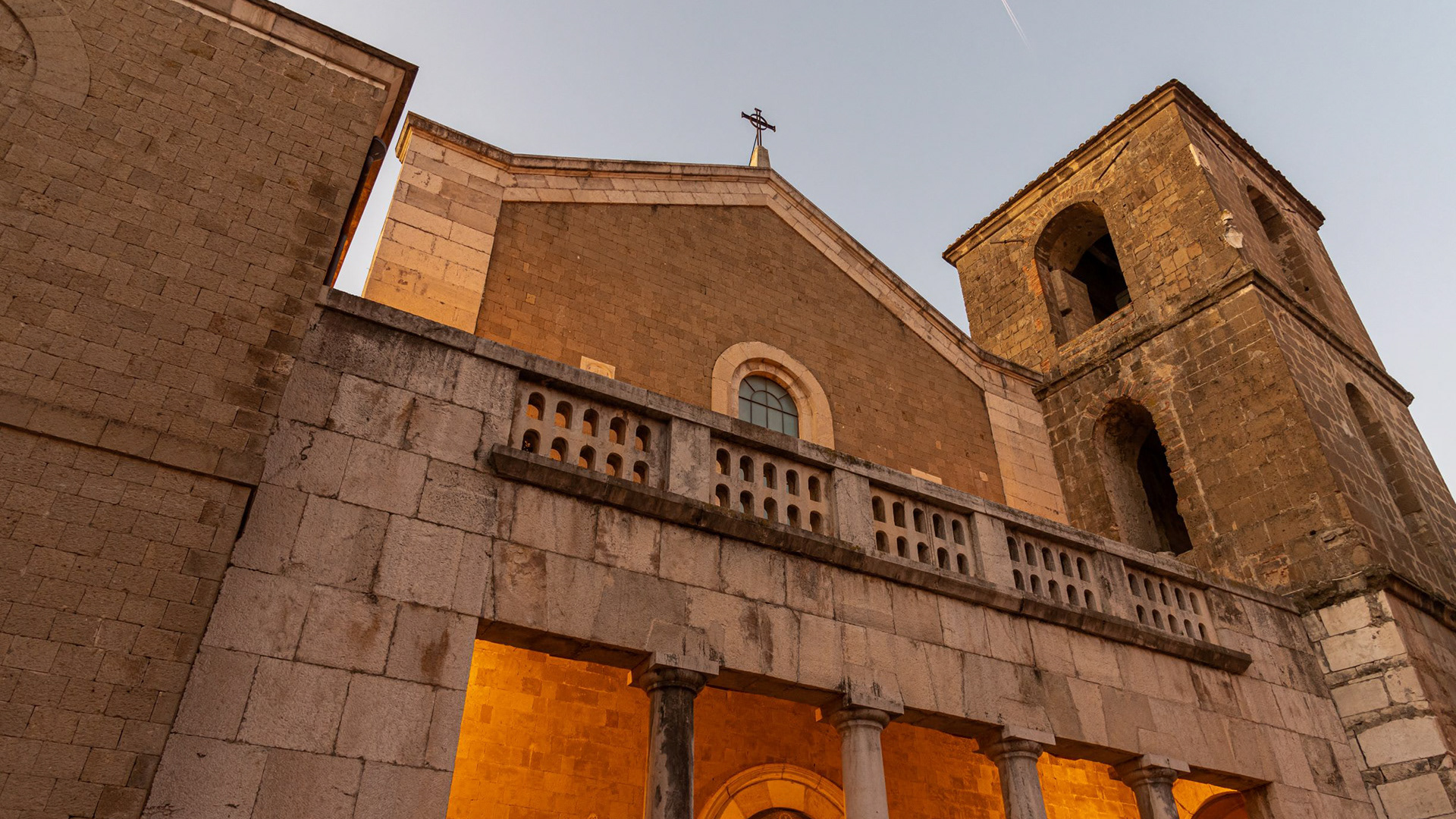
2020
Teano. The Cathedral. The main facade
The cathedral, originally dedicated to San Terenziano, was later named after San Clemente. Construction began in 1050 by Bishop Guglielmo, to replace the old cathedral of San Paride ad Fontem, located outside the city walls. The works were completed in 1116 by Bishop Pandulfo. The building has a basilica structure divided into three naves by two rows of columns. In 1608 it was damaged internally by a fire that almost completely destroyed the cosmates ambo, subsequently recomposed using the remains of the previous one integrated with the marble slabs of a fourteenth-century sepulchral monument already present in the church and positioned on twisted columns, two of which rested on fountain lions. During the 16th century the Romanesque apse was modified and on that occasion a precious carved wooden choir was built in the presbytery, built in 1539 by the Benedictine Antonio Maria Sertorio. The choir underwent two restorations, the first in the 17th century and the second in 1957, following the damage suffered during the Second World War.
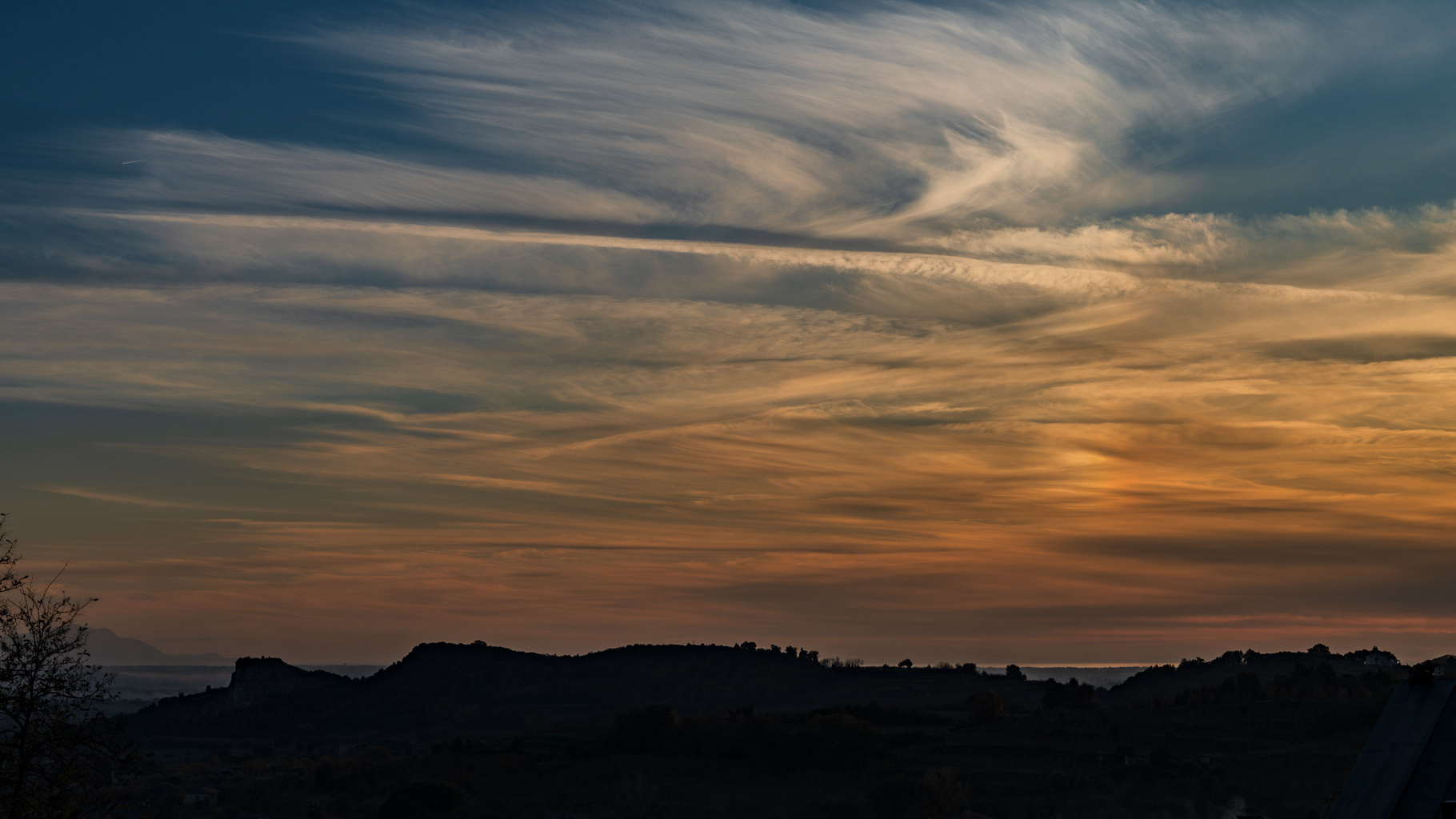
2025
Campania Felix. Spectacular sunset
